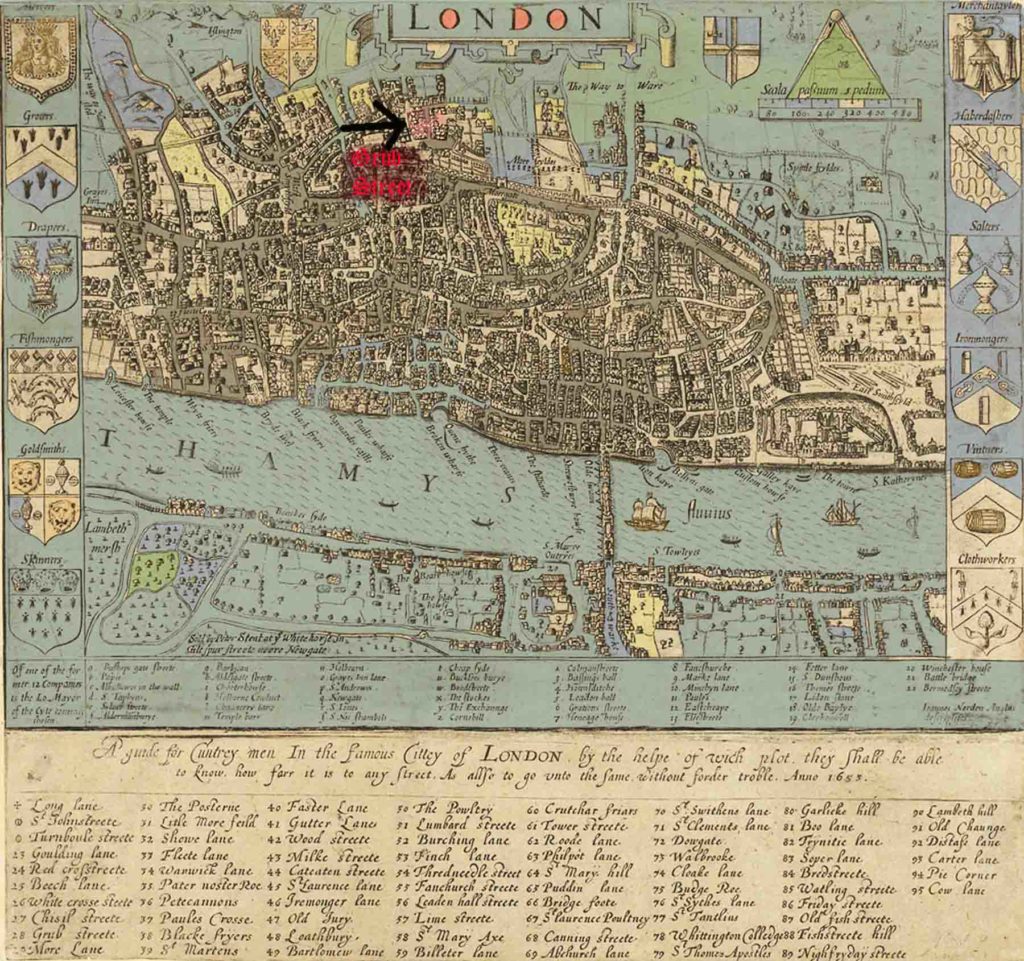
Intro: Complexity and contradiction in the art of online religion news reporting
Digital news media doesn’t play by the same aesthetic rules as the industrial age media. The potential ways for discovering and sensing news is exponentially increasing while the cost of distribution has plummeted.
The design of news media came into play, at least by name, in the very first newspaper in America, Publick Occurrences Both Forreign and Domestick. The paper declared that “It is designed” to be a once a month account of “considerable things as have arrived unto our notice.” Undoubtedly, there were some nuances to the word “design” that went beyond aesthetics. The editor Benjamin Harris believed that behind all actions, including the launch of his newspaper, loomed a Divine Providence. There was a belief that the seemingly random “occurrences” were related somehow to a greater design. Similarly, “design” also meant the editor’s purposive action. Still, the word connoted how the newspaper was put together. The result was a rather straight-forward, plain aesthetic, much like the Puritan churches of the time. Harris’ friend Cotton Mather, a leading Puritan reformer, wrote his own history of early America with a style that he described as “simple” and “humble,” devoted to factuality rather than to flourish and clever elaboration.
The editor Harris explained that his four-page newspaper Publick Occurrences, dated September 25th, 1690, would be published monthly, or more often “if any Glut of Occurrences appear.” Harris implied that an expanded publication schedule of the paper would be unlikely. The news covered calamities like war, the small pox plague, and tragic accidents.
From its inception, the simplicity of news design was contradicted by reality. Underneath Publick Occurrences’placid layout raged an anger against the injustices and lies originating out of tumultuous religious and political controversies. “Simplicity” and “Objectivity” from the beginning was an aspiration that often covered a multitude of barely acknowledged subjectivities.

Because the editor Harris saw all news as a product of Divine Providence, the paper actually gave very little coverage to specific religious organizations, events or beliefs. Providence was a too general concept to reveal actual religious events. The only remarkable religious event noted was the beginning of a Day of Thanksgiving by “Christianized Indians.”
Publick Occurrences and its immediate successors resembled the chronicle genre that went back at least to theAnglo Saxon Chronicle. The selection of news was more focused than the somewhat random selection of chronicles. However, there was little sense of an in-depth exploration of themes or key stories. Since the paper was so slight, there was not much attention to design elements in conveying the news. Like much history writing at the time, the idea of objectivity was to keep to the bare statement of the facts.
Newspapers were also public versions of the chatty letters put out to subscribers by information companies in earlier times. These organizations gathered news from informal personal reports and rumors to provide handwritten briefings to rulers and trading companies. They were used to the practice of putting on public sign boards the announcements of the coming and goings of ships and trade goods. These announcements had to be accurate and succinct. The design of news reporting was also influenced by the association of Puritanism and commerce. Puritans denounced the volumes of writing (“pens unmolested” by “thinking,” one said) put out by hack writers and journalists paid by the word who lived in the London area called “Grub Street.” The Puritan stylists associated aesthetic flourishes as possible evidence of exaggerations and lies.
The editor’s report on the killing of prisoners of war by the colony’s Indian allies and the threat to expose rumor-mongers while also publishing a rumor about the bizarre incestuous sex-life of the French royal court proved too much for the authorities. The politics of the situation pitted Harris as a member of the Mather-faction of Puritans against the establishment. The sharp-eyed authorities, who supported royal prerogatives, were quick to spot political motives behind the “objective” reports. Having the powerful upper-hand, they suppressed the paper after only one issue.
Of course over the next two hundred years, the news media proliferated while the number of pages and design elements grew.

+++++++++++++++++++++++++++++++
*Note reprinted from A Journey through NYC religions. As far as we know, this is the first ever published series on the art of religion news. Certain parts of this series is adapted and extended from my contribution to the book by Michael R. Smith, 7 Days to a Byline That Pays.




Leave a Reply